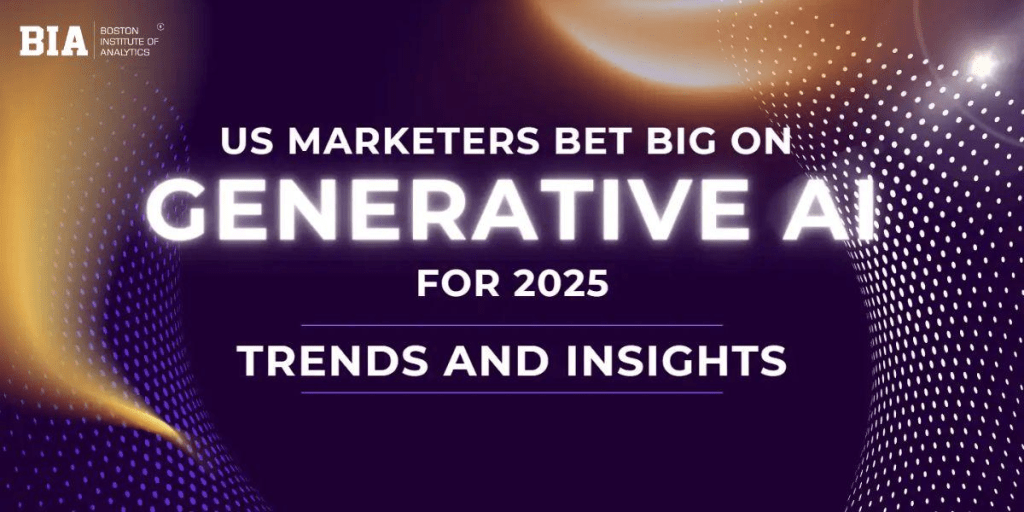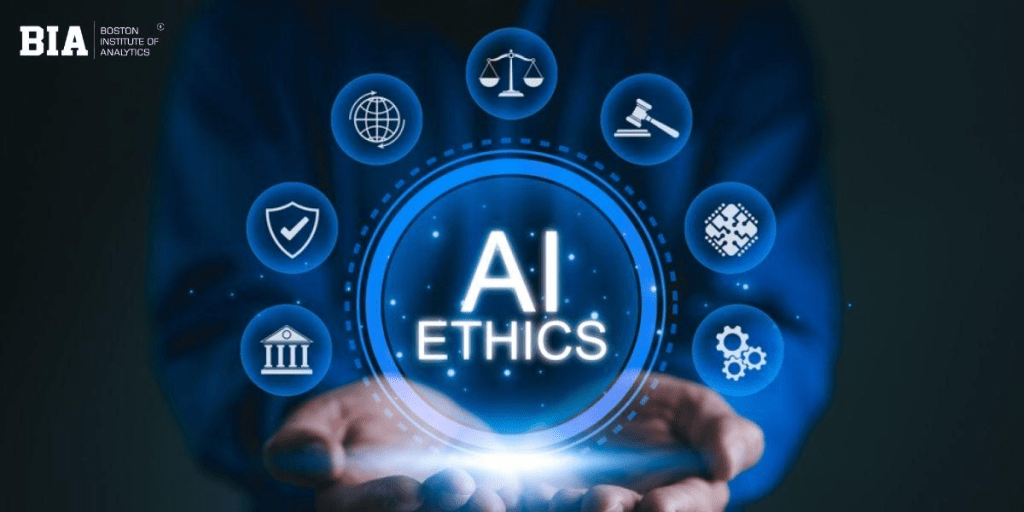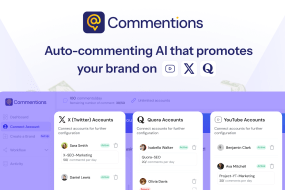
The rise of generative artificial intelligence (AI) has been nothing if not a revolution. Generative AI can create new, original content text, images, audio, video and that new content creates a bonafide boom in new and original Creative and Economic opportunities. Businesses are using generative AI for rapid prototyping, content marketing, product demonstration videos, and even scientific studies. Artists are creatively using it to expand the horizons of their medium. Students and professionals are using it for task automation and productivity enhancement. There is excitement! There is justified enthusiasm! There is potential for good!
That said, the narrative of generative AI is not strictly a story of progress and promise. Under the shiny surface of the latest new innovations deeply embedded within generative AI lies, in fact, a darker and more complicated alternate story, a world of deepfakes, large-scale misinformation, and high-risk social damages that threatens to erode trust, disrupt institutions, and cause real harm to individuals.
To understand the full scope of generative AI and all it can do and not do, both the great potential, and the ethical landmines, demands a serious consideration of taking a full Generative AI course which should now include serious consideration of the associated risks. Sorry, we cannot ignore those risks, because it is no longer something we would like; now it is something we need.

The Deepfake Dilemma: When Reality Becomes a Fabrication
The most visceral, immediate consequences of generative AI are deepfakes – a synthetic media – especially videos and audio that are deep learning-generated versions of people saying or doing something they never said or did. Once solely a laboratory exercise, deepfake software is now available, more powerful, and deeply more established. The results are sometimes mesmerizing – especially for the untrained user – making it virtually impossible to distinguish authentic versions from the deepfakes.
The bad uses for deepfakes are terrifyingly broad. In politics, this includes weapon zing fake videos of leaders saying something inflammatory, creating fake videos of leaders doing something embarrassing, fabricating scandals, or even making fake war declarations. all with the aim to use social media to spread them quickly and broadly enough so that they lead to panic, civil unrest, or political instability, before a human fact checker could hope to determine their legitimacy. We were already seeing this in the 2024 election cycle with a host of deepfake audio and video designed to influence voters.
Deepfakes can affect people on a personal level. The most concerning and prevalent use case (about 96% of deep fakes on the Internet today) of deepfakes is non-consensual deepfake pornography, where faces of real people are placed over naked or pornographic videos. This form of digital violence inflicts harms of trauma to, and reputational damage to, the victim.
Deepfakes may also be used for blackmail, impersonation of an individual to fraudulently obtain money (there are many instances of this), and cyberbullying, and can cause a loss of personal privacy, and security. A high-profile (infamous) case of a finance worker in Hong Kong, fooled with deepfake technology to transfer $25 million to criminals posing as the chief financial officer of the company he was working for should suffice as reminder of this risk.
The Misinformation Machine: AI at the Speed of Deception
While deepfakes are a very visible danger, the subtler and arguably greater danger presented by generative AI is as misinformation. Generative AI models, large language models (LLMs), and particularly ChatGPT, can write significant and contextually relevant text in seconds – hence creating large amounts of believable “fake news” at a scale and speed not possible before. Instead of a couple of people writing misleading articles painstakingly, an AI can create thousands of misleading articles that are unique, believable and appropriately targeted to specific demographics. Misinformation could be fake news stories to influence a public health decision, market manipulation rumours to hurt stock prices or narratives that influence trust in science. The vast volume of misinformation now produced makes the work of fact checking organizations futile as it becomes impossible for anyone to sift through them and debunk those falsehoods – a true Sisyphean effort.
Additionally, “AI hallucinations” occur when models produce entirely credible-sounding content, but content that simply is false. These hallucinations may not arise from intentional harm, but may nonetheless serve as a source of misinformation in a very broad sense. For example, an AI chatbot providing medical advice may hallucinate a harmful treatment or a legal AI might hallucinate case law that does not exist. A responsible Generative AI course will teach you how to not only prompt these models but also how to evaluate their output and verify the information with trusted external sources.

Beyond the Content: Algorithmic Bias and Social Engineering
The hazards of generative AI reach beyond what content is created. The models themselves can be harmful. Generative AI models are trained on massive datasets – ultimately the data is scraped – from the Internet, and those datasets, at their heart, exhibit all the biases, stereotypes, and prejudices of human beings. If an AI is trained on a dataset with inequities, it will not only reproduce them but can also exacerbate them.
In real terms, this matters. Generative AI’s unfairness can have adverse effects. A generative AI hiring tool may learn to prefer male candidates over female candidates if its training data consists mainly of resumes and performance reviews for males in leadership roles. A loan application tool may strip minority candidates of their natural appeal as oftentimes in loaning, candidates race (in the loaning model’s training data) could output potentially subpar treatment if the training data depicts a history of bias. We have a real ethical dilemma in Understanding and Mitigating Algorithmic Biasing, which in many ways is the biggest ethical question in our field today; it is definitely a topic of serious inquiry in any Generative AI course that takes itself seriously.
In addition, generative AI represents a powerful vehicle for social engineering and cybersecurity threats as well. Malicious actors can leverage LLMs to create highly sophisticated and personalized phishing emails, devoid of grammatical flaws, and tailored to the specific interests of an individual or their professional life in every category-specific ways. Phishing attempts like that are much more difficult to detect than generic phishing. Deep fakes can similarly be utilized to impersonate members of the executive senior leadership team to gain privileged access to corporate and confidential data. The digital “lie” is more convincing and scalable now more than it’s ever been.
FAQ – The Dark Side of Generative AI: Deepfakes, Misinformation, and Risks
1. What is the dark side of Generative AI?
The dark side refers to harmful applications of generative AI, including deepfakes, disinformation, fake news, scams, and identity theft.
2. How are deepfakes created using generative AI?
Deepfakes utilize AI models such as GANs (for Generative Adversarial Networks) that have been trained on real images or real video footage to create hyper-realistic yet fake, media.
3. Why are deepfakes dangerous?
Deepfakes can spread misinformation, damage reputations, commit financial fraud, and even influence elections or social movements by creating credible; fake content.
4. How does generative AI contribute to misinformation?
Generative AI can automatically create fake articles, news stories, or social media posts that look real, and through Generative AI, it increases the scale at which propaganda can be disseminated.
5. Can generative AI be used for cybercrime?
Yes, criminals use AI to create phishing emails, voice impersonations, and fraudulent documents, making it more difficult to detect scams.
6. Are there ways to detect deepfakes and fake content?
Yes, researchers and companies are working on deepfake detection algorithms, as well as digital watermarking and block chain verification, but it is still difficult.
7. What are the ethical concerns with generative AI?
The main concerns are violations of privacy, becoming a tool for propaganda, damaging trust in the media, and harming individuals and businesses.
8. How can we prevent misuse of generative AI?
Possible solutions are better regulations, responsible AI development, watermarks/identification on AI-generated materials, and increasing awareness of AI-generated media.
Final Thoughts: Navigating the Ethical Frontier
This means developing powerful detection tools for synthetic media, establishing watermarking or other digital authentication tools for AI-generated materials, implementing clear laws and regulations to identify and punish bad actors, and developing media literacy and critical-thinking skills in the public so that they can properly distinguish between truth and fiction.
For aspiring practitioners of this vibrant and meaningful field, it is vital to take a Generative AI course that goes beyond the “how-to” technical aspects. It will be a course that not only teaches you to build and use these models but also develops students’ sense of ethical responsibility. The next generation of AI professionals must be prepared to grapple with these issued, to use the tremendous power of generative AI to usher in a more just, equitable, fair, and trustworthy world rather than a more chaotic and deceptive one.



